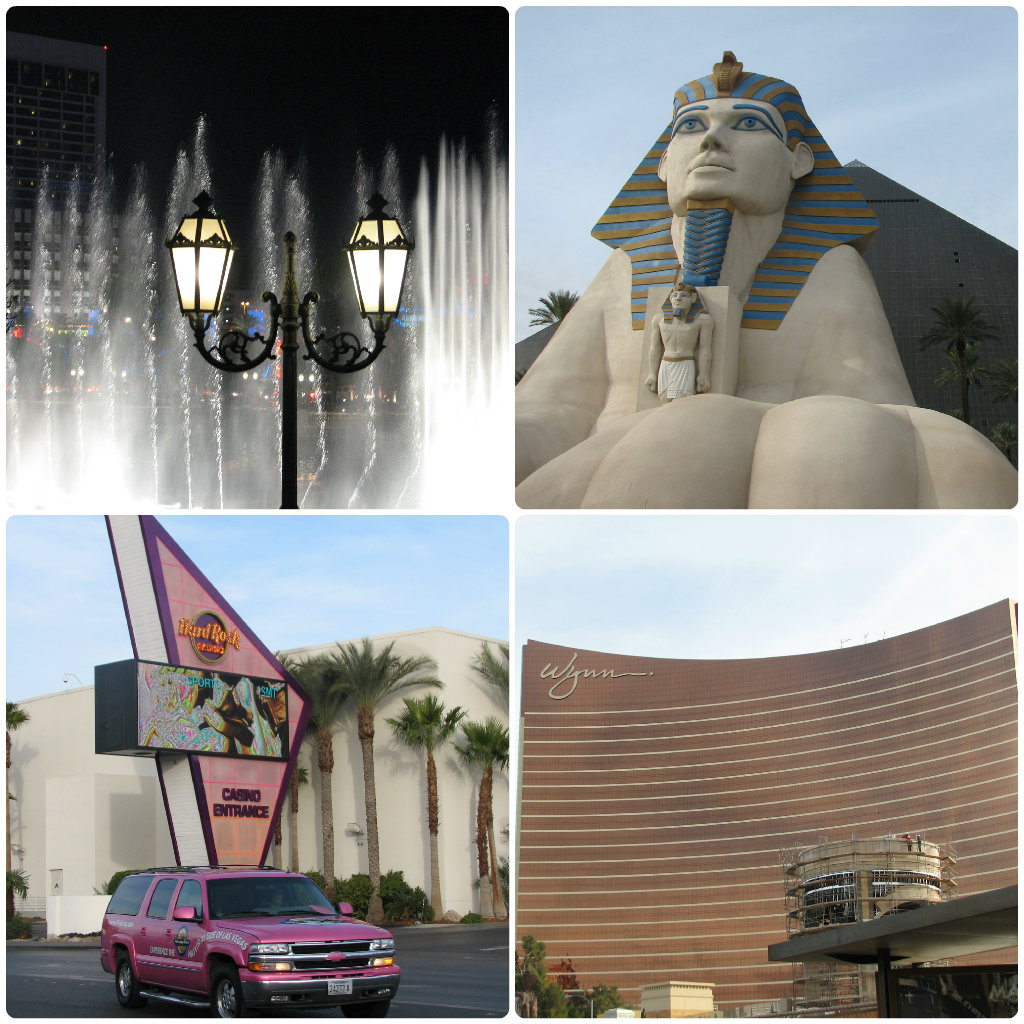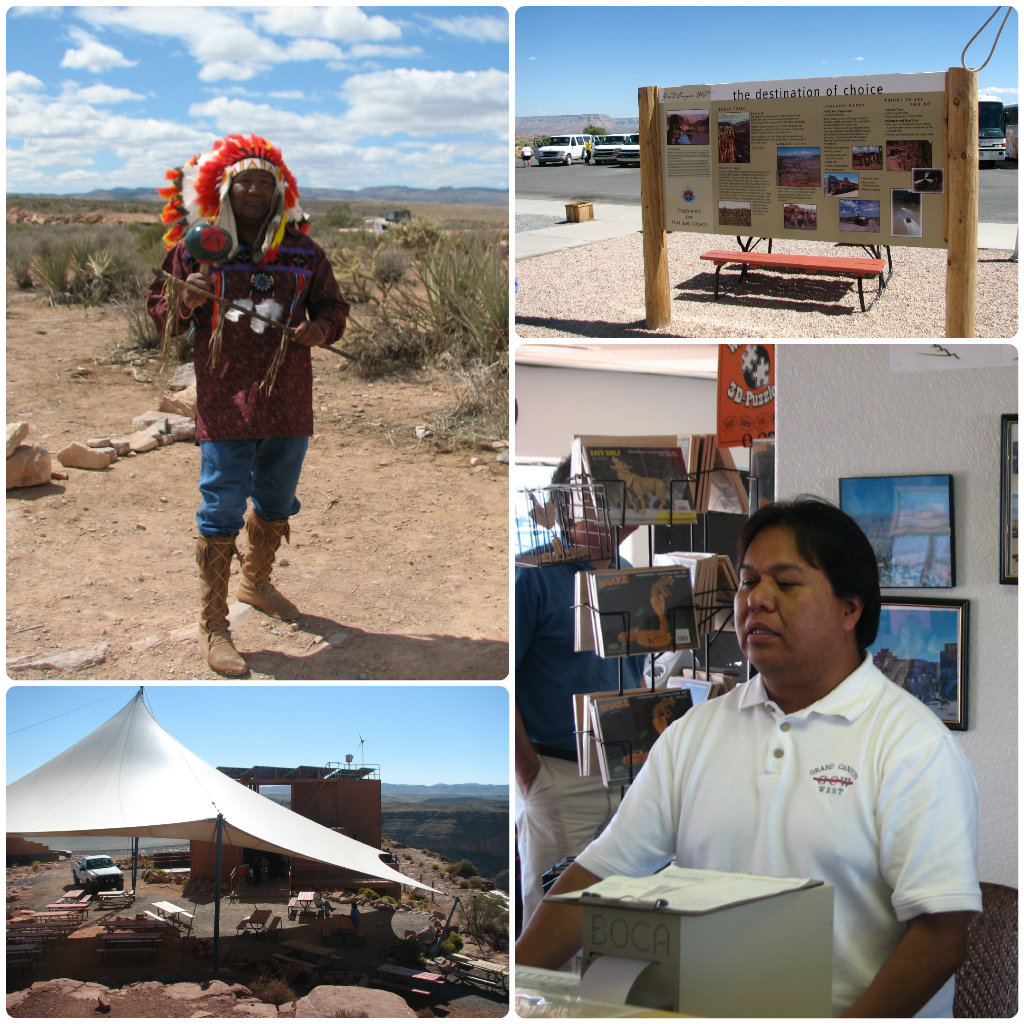Full Screen
'The main aim of the Grand Canyon West Project was to open up an area of the Grand Canyon much closer to Las Vegas. This would enable more people visiting Las Vegas to get to the Grand Canyon and back in one day (The resort of Las Vegas is less than a three hour drive from Grand Canyon West) A great advantage of the location of Grand Canyon West was that it is relatively accessible from Las Vegas. Grand Canyon West, located within the Hualapai Indian Reservation, is less than 3 hours by car from Las Vegas, but the more scenic Grand Canyon National Park, at the south rim of the canyon is nearly 5 hours by car. This means that until recently it was not easy to visit the South Rim National Park in one day from Las Vegas by road. However, some visitors could afford to fly to the Grand Canyon from Las Vegas by small plane or helicopter.

Full Screen
Information - The Hualapai Indian tribe
The Grand Canyon West project, to develop a section of the tribal lands occupied by The Hualapai (pronounced WAL-A-PIE) tribe in Arizona was originally seen as a good example of sustainable tourism. The tribe lives in an arid area of the 'canyon lands' of the South West USA that includes a section of the Grand Canyon. The tribe had poor living conditions and high levels of unemployment. The Grand Canyon West project was seen as a way of developing a section of the tribe's territories for tourism as a means of generating income and preserving the traditional way of life of the Hualapai. The Hualapai tribe formed a partnership with a Las Vegas businessman, David Jin, who funded the development of Grand Canyon West. The most ambitious feature of the project was the construction of the Skywalk, which allowed visitors to walk on a glass-bottomed structure overlooking the Grand Canyon and look down at the Colorado River below. Local people, members of the Hualapai tribe, have been employed in a variety of jobs, including as bus drivers, customer service agents and as guides. Income gained from tourist visits to the Grand Canyon West development and the Skywalk was planned to be invested in the Hualapai nation.

Full Screen

It can be argued that the original idea of the Grand Canyon West had a number of sustainable features. These included:-
Economic sustainability
The Hualapai people have gained economically in a number of ways. They have been employed as drivers, in the shops, canteen and at other locations within the Grand Canyon West development. Also, the women of the Hualapai tribe have been able to make and sell traditional jewellery to the many tourists who have visited the complex.
Ecological sustainability
The Hualapai have agreed that only a small fraction of their lands will be opened to tourism development, some 7,000 out of 100,000 square miles. The remaining lands will not be developed and will therefore be protected and the ecological balance maintained.
Local sustainability
One of the benefits of the income received from tourism is that the Hualapai have been able to invest in projects for the young people of the tribe, helping to ensure that they remain with the tribe rather than leave to find work elsewhere. These projects include clubs for the clubs for young people and other social facilities. It is important to understand that before the Grand Canyon West development the majority of the Hualapai had a very low standard of living with few services.
Cultural sustainability
Visitors to the Grand Canyon West complex have been able to learn a great deal about the traditional way of life of the Native American tribes such as the Hualapai. Traditional buildings have been erected and the tribe performs dances and music for the tourists, thus maintaining the culture.
Full Screen
Full Screen
EVIDENCE LOG 3 - Pros and Cons
Use your evidence Log to record your opinions on the positives and negatives of the Grand Canyon project
